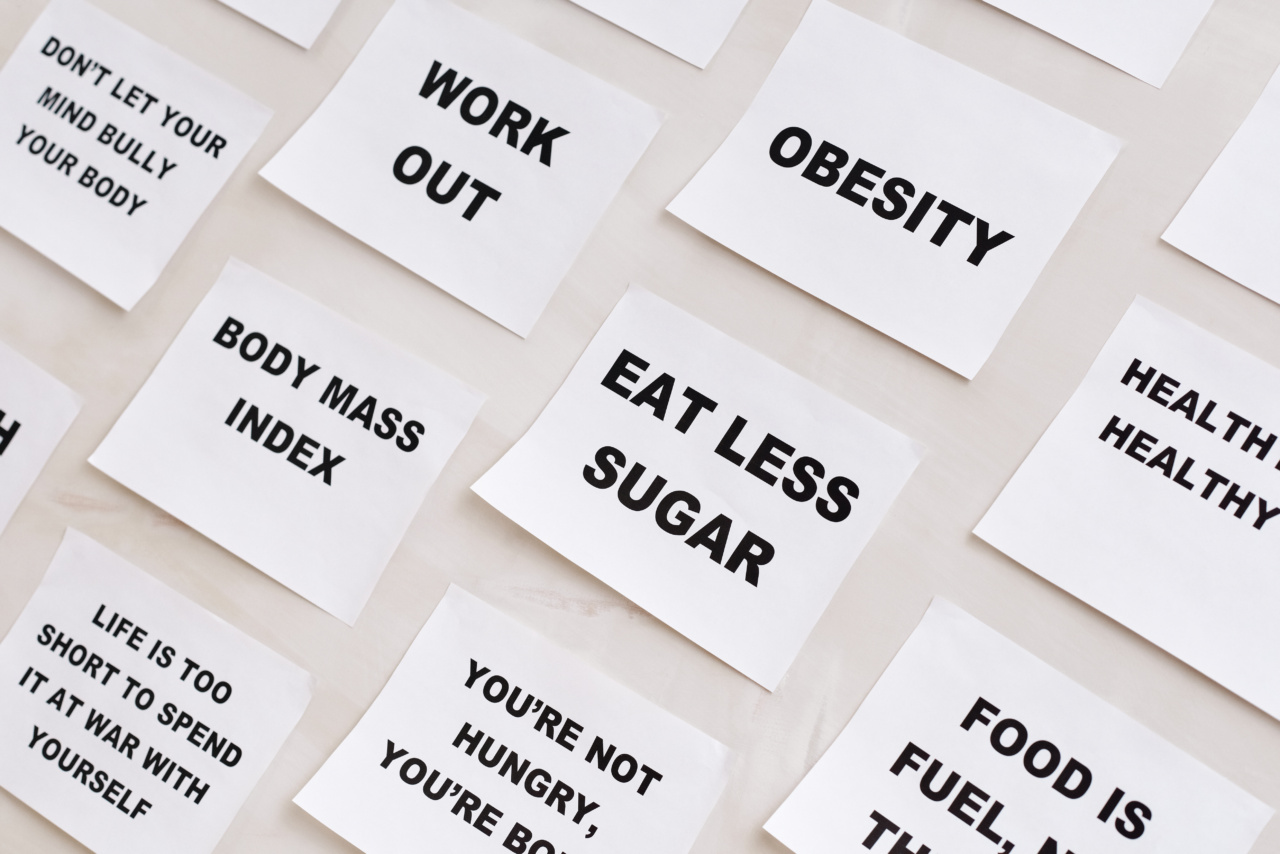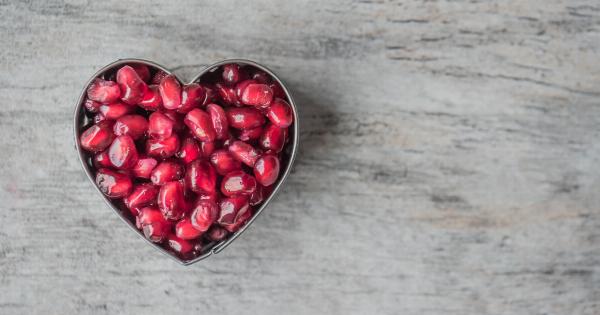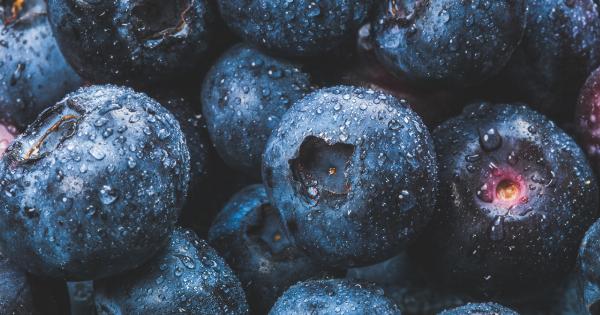Your arteries play a vital role in your overall health and well-being by carrying blood and oxygen to your tissues and organs. Stiff, clogged, or blocked arteries can cause a range of health problems, including heart attack and stroke.
But by adopting healthy eating habits, you can keep your arteries healthy and reduce your risk of heart disease and other cardiovascular problems.
1. Go for Omega-3 Fatty Acids
Omega-3 fatty acids are essential polyunsaturated fats that help lower inflammation and improve heart health. Foods that are high in omega-3 fatty acids include:.
- Fatty fish, such as salmon, mackerel, and sardines
- Chia seeds, flaxseeds, and walnuts
- Soybeans and tofu
- Leafy green vegetables, such as spinach and kale
Try to include at least two servings of fatty fish in your diet every week to get the benefits of omega-3 fatty acids.
2. Choose Whole Grains
Whole grains are an excellent source of fiber, which can help lower cholesterol levels and reduce the risk of heart disease. Good sources of whole grains include:.
- Whole-wheat bread, pasta, and crackers
- Brown rice and quinoa
- Steel-cut or old-fashioned oatmeal
- Popcorn
Try to make most of your grains whole grains. When shopping for bread, pasta, or crackers, look for products that list whole grains as the first ingredient.
3. Include Nuts and Seeds
Nuts and seeds are high in heart-healthy unsaturated fats, protein, and fiber. They can help lower cholesterol levels and reduce inflammation. Good sources of nuts and seeds include:.
- Almonds, walnuts, pistachios, and peanuts
- Sunflower seeds, pumpkin seeds, and sesame seeds
- Chia seeds and flaxseeds
Try to include a handful of nuts or seeds in your diet every day. However, keep in mind that nuts and seeds are high in calories, so it’s essential to practice portion control.
4. Say Yes to Fruits and Vegetables
Fruits and vegetables are low in calories and high in vitamins, minerals, and fiber. They can help lower blood pressure, reduce inflammation, and protect against heart disease. Good sources of fruits and vegetables include:.
- Berries, such as strawberries, blueberries, and raspberries
- Citrus fruits, such as oranges, lemons, and grapefruits
- Apples, pears, and bananas
- Tomatoes, bell peppers, and broccoli
- Leafy green vegetables, such as spinach, kale, and collard greens
Try to include a variety of different colors of fruits and vegetables in your diet every day. Aim for at least five servings a day.
5. Limit Saturated Fat and Trans Fat
Saturated fat and trans fat can raise cholesterol levels and increase the risk of heart disease. Foods that are high in these types of fat include:.
- Fatty meats, such as beef, pork, and lamb
- Full-fat dairy products, such as cheese, butter, and cream
- Processed meats, such as bacon, sausage, and hot dogs
- Packaged snack foods, such as crackers, chips, and cookies
- Fried foods and fast foods
Try to limit your intake of saturated and trans fats by choosing lean meats, low-fat or fat-free dairy products, and healthy fats, such as olive oil, avocado, and nuts.
6. Cut Back on Salt
High sodium intake can raise blood pressure and increase the risk of heart disease. Try to limit your sodium intake to less than 2300 milligrams per day, or less than 1500 milligrams per day if you have high blood pressure or are over 50 years old.
Ways to cut back on salt include:.
- Avoiding processed and packaged foods, which are often high in sodium
- Using herbs and spices to add flavor to your meals instead of salt
- Reading labels carefully and choosing lower-sodium options
- Gradually reducing the amount of salt you use while cooking and at the table
7. Minimize Added Sugars
Added sugars, such as those found in soda, candy, and baked goods, have been linked to an increased risk of heart disease. Try to limit your intake of added sugars to less than 10% of your daily calories.
Ways to minimize added sugars include:.
- Avoiding sugary beverages, such as soda and sports drinks
- Choosing fresh fruits or unsweetened canned fruit instead of fruit juice
- Reading labels carefully and avoiding products that list sugar or high-fructose corn syrup as one of the first ingredients
- Making your own baked goods with less sugar or sugar substitutes, such as applesauce or stevia
8. Drink in Moderation
Drinking too much alcohol can raise blood pressure and increase the risk of heart disease.
However, moderate alcohol consumption, which is defined as one drink per day for women and two drinks per day for men, has been linked to a lower risk of heart disease.
If you choose to drink alcohol, do so in moderation and be mindful of the calories and potential health risks.
9. Practice Healthy Cooking Methods
How you prepare your food can also affect your heart health. Try to practice healthy cooking methods, such as:.
- Baking, broiling, or grilling instead of frying
- Using healthy fats, such as olive oil, canola oil, or avocado oil
- Choosing low-fat dairy products and lean meats
- Using herbs, spices, or citrus juice instead of salt to flavor your food
10. Stay Hydrated
Drinking enough water can help keep your blood flowing smoothly and prevent dehydration, which can raise the risk of blood clots. Aim to drink at least eight cups of water per day, and more if you’re active or in hot weather.
You can also stay hydrated by drinking herbal tea, eating fruits and vegetables that contain water, and avoiding sugary or caffeinated beverages, which can dehydrate you.
Conclusion
Eating habits play a significant role in the health of your arteries and overall cardiovascular system.
By choosing a diet that’s high in fruits, vegetables, whole grains, healthy fats, and lean protein, and low in saturated and trans fats, added sugars, and sodium, you can help keep your arteries healthy and reduce your risk of heart disease. Additionally, practicing healthy cooking methods, staying hydrated, and limiting your alcohol consumption can further boost the health of your arteries.






























